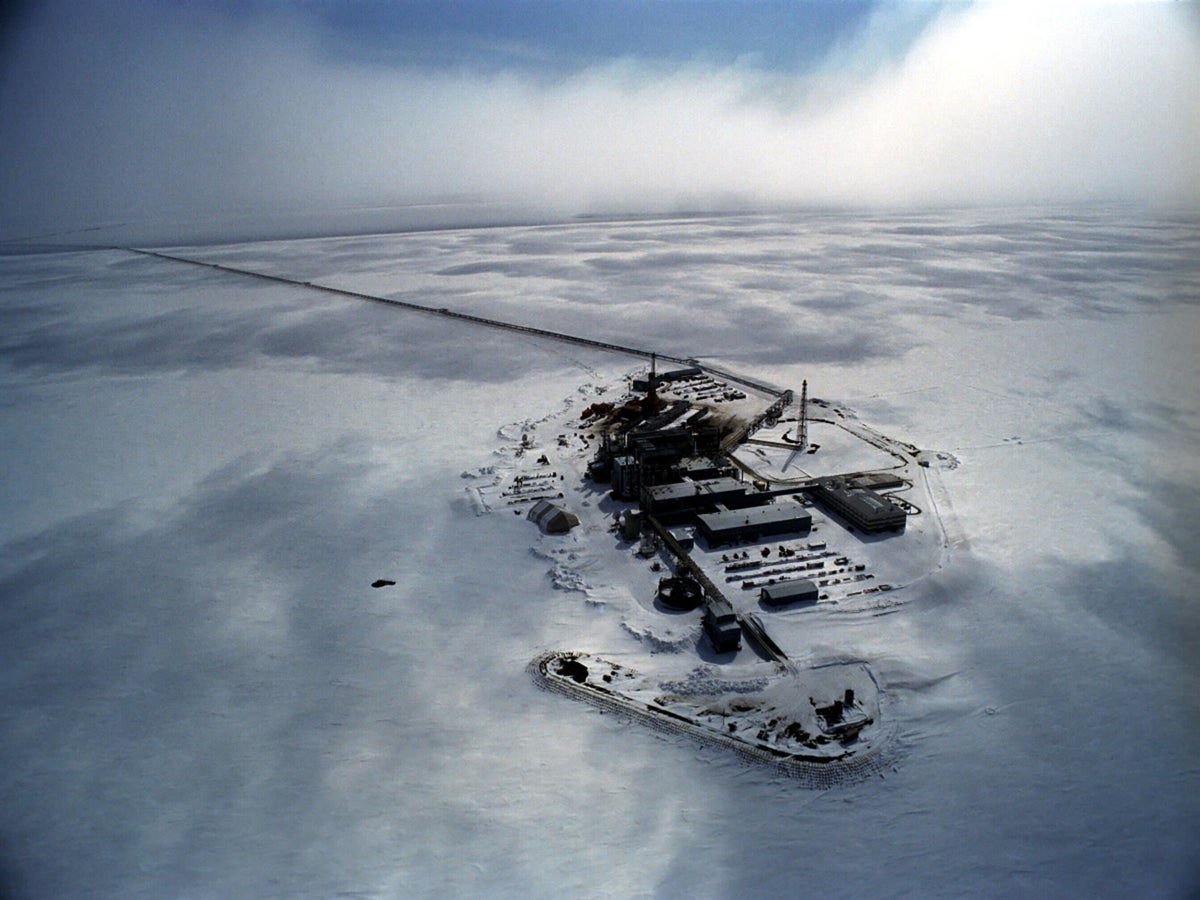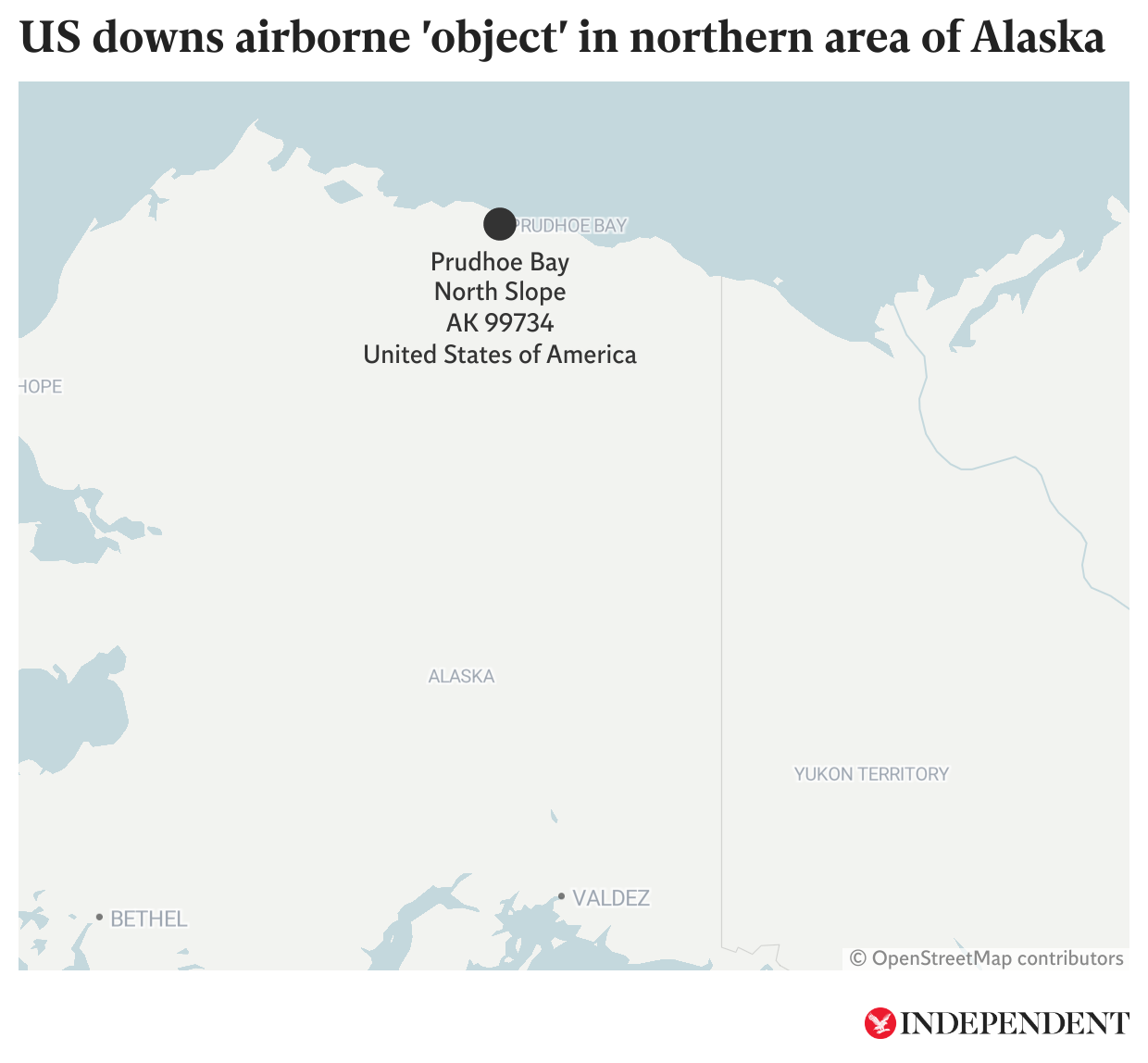
The US military shot down a high-altitude “object” above waters off the coast of Alaska, officials announced on Friday.
“We are calling this an “object” because that is the best description we have right now,” John Kirby of the National Security Council said during a briefing at the White House on Friday, describing the object as sitting at 40,000 feet and posing a “reasonable threat” to civilian aircraft before it was taken down by fighter jets.
“We don’t understand the full purpose, we don’t have any information that would confirm a stated purpose for this object,” he added.
The news comes after US jets shot down what’s believed to be a Chinese spy balloon last weekend that flew across the continental US. (China says it was a civilian research craft that veered off course.
“We do expect to be able to recover the debris since it fell not only within our territorial space but what we believe is frozen water. A recovery effort will be made and we are hopeful it will be successful and we can learn more about it,” Mr Kirby continued. “It was much, much smaller than the spy balloon we took down last Saturday.”

The object’s exact location isn’t known, but the Federal Aviation Administration issued a flight restriction notice around Deadhorse, Alaska, near the Prudhoe Bay oil fields on Alaska’s North Slope.
An Air Force C-130 plane is now circling area, the Alaska Beacon reports, and two Blackhawk helicopters are en route, according to Must Read Alaska.
The region of Northern Alaska where the object was shot down, near the Arctic Ocean, is home to the largest oil fields in North America.
It contains sensitive infrastructure like the Trans-Alaska Pipeline for moving oil.
Alaska is home to nine military bases with over 18,000 military personnel, including key parts of the US missile defence system.
The NSC official said authorities wouldn’t be able to speak further as to what the object was doing in that part of the state until Coast Guard recovery teams are able to “potentially recover some of those materials.”
“But the primary concern again was the potential hazard to civil flight,” he added. “And so again, we’ll know more later…We’ll know more once we assess it.”







